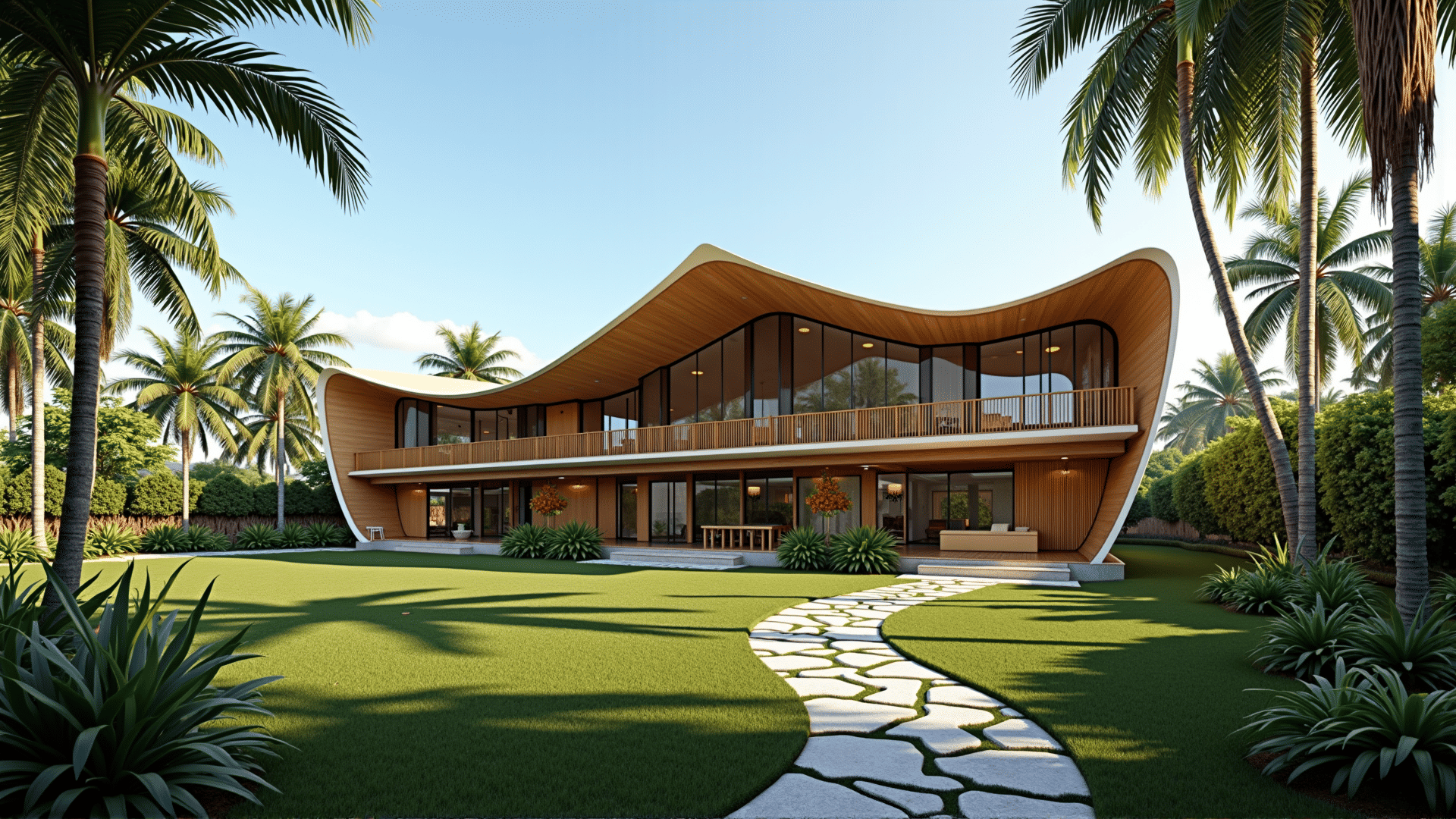Throughout history, architecture has been a profound medium for expressing cultural identities and preserving heritage. In the Philippines, a nation rich with diverse traditions and histories, contemporary architects are drawing on traditional designs to infuse modern architecture with cultural significance. This process not only pays homage to the past but also breathes new life into communities, fostering a sense of pride and connection to ancestral roots.
One of the most iconic architectural symbols of the Philippines is the "bahay kubo" or nipa hut, a traditional Filipino house characterized by its simplicity, adaptability, and harmony with nature. This design philosophy is increasingly influencing modern architectural practices, offering sustainable solutions that respond to the local climate and environment. By using materials such as bamboo and nipa palm, contemporary architects are crafting structures that are both eco-friendly and reflective of indigenous ingenuity.
The Spanish colonial period also left an indelible mark on Filipino architecture, most notably in the form of "bahay na bato." This style, which combines indigenous and colonial elements, is being reinterpreted in current architectural projects. New builds often incorporate stone and wood, with wide eaves and high ceilings, merging historical aesthetics with modern functionality.
Reviving cultural aspects through architecture is not solely about residential buildings. In public spaces, designers are creating environments that reflect the nation's varied heritage. For instance, the inclusion of intricate patterns and motifs in the interiors of public buildings and spaces can be seen as an ode to the pre-colonial artistry of the indigenous tribes. Additionally, open communal areas are designed to resemble traditional gathering spaces, promoting social interaction and cultural activities.
Urban spaces in the Philippines are increasingly being designed to reflect traditional community layouts, encouraging pedestrian movement and fostering communal ties. These spaces often include markets, plazas, and green areas reminiscent of the tribal villages of old, where community and environment harmoniously coexisted.
Educational institutions are also embracing this revival, with campuses incorporating vernacular elements into their design to teach students about their cultural heritage. By using architecture as a storytelling medium, these institutions provide a living history lesson, immersing students in an environment rich with cultural narratives.
The architectural revival in the Philippines is not just about aesthetic trends; it's about reclaiming and celebrating cultural identity in a rapidly globalizing world. Architects are tasked with the delicate balance of progression and tradition, creating spaces that are reflective of both a modernizing society and a historical continuum.
This fusion of old and new ensures that the Philippines’ built environment remains anchored in its rich past while looking toward the future. In doing so, architecture becomes more than a physical structure; it transforms into a vessel of memory, a celebration of diversity, and a bridge connecting generations.
